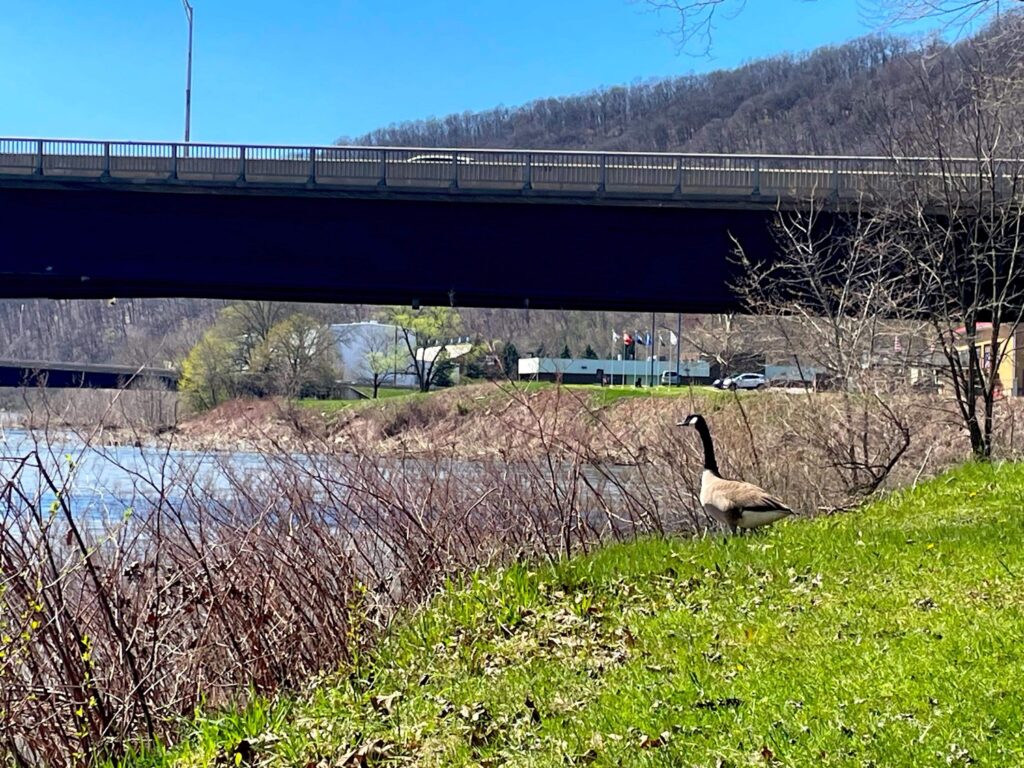
VENANGO CO., Pa. (EYT) — Most people avoid smoking due to health risks but there could be a silent killer lurking in your home that is just as deadly.
Higher radon levels reported in many homes in the Venango County area could be increasing residents’ risk of developing lung cancer.
Radon, an odorless, colorless, radioactive gas that comes from the break down of uranium in the ground, can enter homes through cracks in the foundation or other openings. Though higher levels tend to be found in basements, the gas can spread through homes easily.
According to the Pennsylvania Department of Environmental Protection (DEP), the harmful health effects of radon can occur when radon enters and attaches to the surface of a person’s lungs and emits radioactive particles that can further impact the lungs, causing lung cancer.
The U.S. Surgeon General has warned that radon is the second leading cause of lung cancer in the United States today, with only smoking causing more lung cancer deaths.
According to Pennsylvania Secretary of Health Dr. Rachel Levine, radon is the leading cause of lung cancer in Pennsylvania.
The U.S. Environmental Protection Agency (EPA) has set 4 picocuries of radon per liter (pCi/L) of air as an Action Level. If your radon level is higher than this, EPA, DEP, and the U.S. Surgeon General recommend having a radon mitigation system professionally installed to lower it.
Locally, according to pa-radon.info, which uses data supplied by Air Chek, Inc, 49% of homes tested in Venango County tested at the Action Level of 4 pCi/L and above.
According to the DEP’s test data, the average result of 146 tests in basements in the 16346 zip code was 9.1 pCi/L, which is more than double the Action Level, and the highest result tested was far higher, at 65.4 pCi/L. In the 16323 zip code, 850 tests in basements found an average result of 6.1 pCi/L, and the maximum result discovered was a staggering 271.0 pCi/L. In the 16301 zip code, 1,140 tests in basements found an average result of 11.6 pCi/L, and the maximum result discovered was also incredibly high, at 280.0 pCi/L.
These results are not isolated in Venango County. 45% of homes tested in Clarion County tested at or above the Action Level, as well as 42% of the homes in Forest County, 51% of the homes in Butler County, 33% of the homes in Lawrence County, 28% of the homes in Mercer County, and 48% of the homes in Warren County.
To put the risk in perspective, according to the DEP at the Action Level of 4 pCi/L, the risk of cancer from long-term exposure is about 7/1000 for nonsmokers, which is about the same rate at which people are at risk of dying in a car crash, and about 62/1000 for smokers, which is about five times the risk of dying in a car crash.
At 8 pCi/L, that risk jumps to 15/1000 for nonsmokers and 120/1000 for smokers. At the highest risk level calculated by the DEP, for 20 pCi/L, the risk of cancer from long-term exposure is about 36/1000 for nonsmokers, and 260/1000 for smokers.
This year, the EPA has designated January as Radon Action Month, and the DEP is also encouraging Pennsylvanian residents to start off the new year by conducting a test of their homes for radon.
According to the DEP, winter is a good time to test because doors and windows are closed, providing more accurate results. Radon testing is not difficult. Homeowners can test their homes themselves or hire a qualified radon test company.
All radon testers, mitigators, and laboratories in Pennsylvania must be certified by DEP, which provides a public list of certified radon service providers. People can also obtain a hard copy or verify a company’s certification by calling DEP at 800-23RADON (800-237-2366).
Reliable testing devices are available from qualified radon testing companies, as well as by phone or mail-order, and can be purchased in hardware stores and other retail outlets, as well.
The DEP will also send free follow-up test kits to any Pennsylvania resident who has tested their home and discovered results higher than 100 pCi/L or who has installed an active mitigation system in the past year.
With the invisibility of radon and the elevated levels so often found in our area, the only way to know if you and your family are at risk from radon exposure is by testing your home. The EPA and U.S. Surgeon General recommend testing all homes below the third floor for radon.
In the case of elevated radon levels, a variety of methods can be used to reduce even the highest levels — ranging from sealing cracks in floors and walls to soil suction systems that utilize pipes and fans. A radon reduction system can be in an affordable price range, generally in a similar range with other common home improvements.
More information, as well as ways to reduce radon in your home available in the DEP’s “Pennsylvania Consumer’s Guide to Radon Reduction”, is available online at www.dep.pa.gov.










